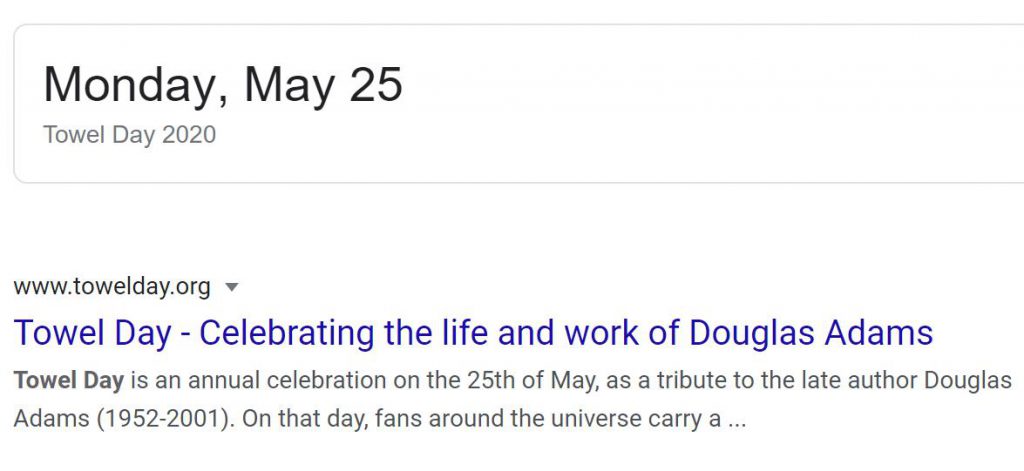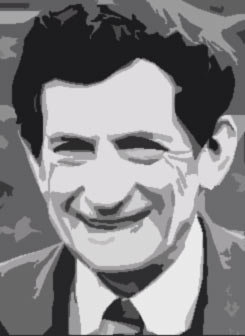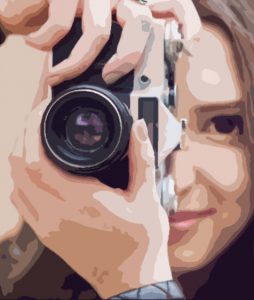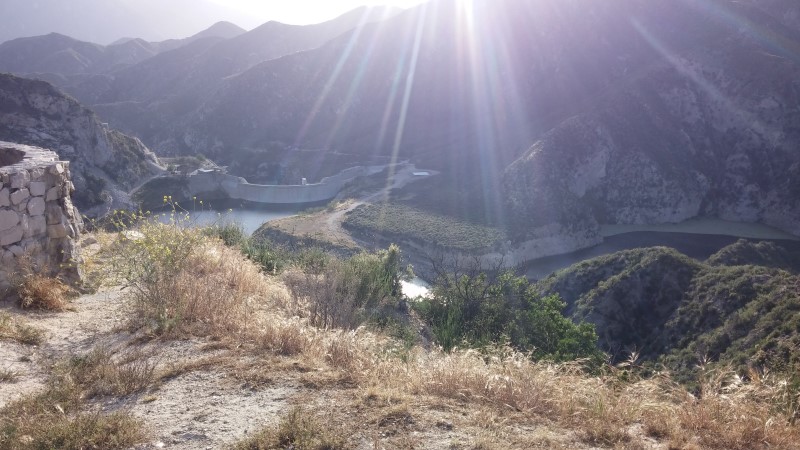 TAKE ONE
TAKE ONE
Two engineering students were walking across campus when one said: “Where did you get such a great bike?” The second engineer replied: “Well, I was walking along yesterday minding my own business when a beautiful woman rode up on this bike. She threw the bike to the ground, took off all her clothes and said, ‘Take what you want.'” The second engineer nodded approvingly: “Good choice; the clothes probably wouldn’t have fit.”
TAKE TWO
To the optimist, the glass is half full. To the pessimist, the glass is half empty. To the engineer, the glass is twice as big as it needs to be.
TAKE THREE
A pastor, a doctor and an engineer were waiting one morning for a particularly slow group of golfers. The engineer fumed: “What’s with these guys? We must have been waiting for
15 minutes!” The doctor chimed in: “I don’t know, but I’ve never seen such ineptitude!” The pastor said: “Hey, here comes the greens keeper. Let’s have a word with him.” “Hi, George what’s with that group ahead of us? They’re rather slow, aren’t they?” The greens keeper replied: “Oh, yes, that’s a group of blind fire fighters. They lost their sight saving our clubhouse from a fire last year, so we always let them play for free anytime.” The group was silent for a moment. The pastor said,: “That’s so sad. I think I will say a special prayer for them tonight.” The doctor said, “Good idea. And I’m going to contact my ophthalmologist buddy and see if there’s anything he can do for them.” The engineer said, “Why can’t these guys play at night?”
TAKE FOUR
There was an engineer who had an exceptional gift for fixing all things mechanical. After serving his company loyally for over 30 years, he happily retired. Several years later the company contacted him regarding a seemingly impossible problem they were having with one of their multimillion-dollar machines. They had tried everything and everyone else to get the machine to work but to no avail. In desperation, they called on the retired engineer who had solved so many of their problems in the past. The engineer reluctantly took the challenge. He spent a day studying the huge machine. At the end of the day, he marked a small “x” in chalk on a particular component of the machine and stated: “This is where your problem is”. The part was replaced and the machine worked perfectly again. The company received a bill for $50,000 from the engineer for his service. They demanded an itemized accounting of his charges. The engineer responded briefly: “One chalk mark: $1.00. Knowing where to put it: $49,999.00.” It was paid in full and the engineer retired again in peace.
TAKE FIVE
What is the difference between Mechanical Engineers and Civil Engineers? Mechanical Engineers build weapons, Civil Engineers build targets.
TAKE SIX
The graduate with a Science degree asks, “Why does it work?” The graduate with an Engineering degree asks, “How does it work?” The graduate with an Accounting degree asks, “How much will it cost?” The graduate with a Liberal Arts degree asks, “Do you want fries with that?”
TAKE SEVEN
Normal people … believe that if it ain’t broke, don’t fix it. Engineers believe that if it ain’t broke, it doesn’t have enough Features yet.”
TAKE EIGHT
An architect, an artist and an engineer were discussing whether it was better to spend time with the wife or a mistress. The architect said he enjoyed time with his wife, building a solid foundation for an enduring relationship. The artist said he enjoyed time with his mistress, because of the passion and mystery he found there. The engineer said: “I like both.” “Both?” Engineer: “Yeah. If you have a wife and a mistress, they will each assume you are spending time with the other woman, and you can go to the lab and get some work done.”
TAKE NINE
An engineer was crossing a road one day when a frog called out to him and said: “If you kiss me I’ll turn into a beautiful princess”. He bent over, picked up the frog and put it in his pocket. The frog spoke up again and said: “If you kiss me and turn me back into a beautiful princess, I’ll Stay with you.” The engineer took the frog out of his pocket, smiled at it and returned it to the pocket. The frog then cried out: “If you kiss me and turn me back into a princess, I’ll stay with you and do ANYTHING you want.” Again the engineer took the frog out, smiled at it and put it back into his pocket. Finally the frog asked: “What is the matter? I’ve told you I’m a beautiful princess, that I’ll stay with you and do anything you want. Why won’t you kiss me?” The engineer said: “Look I’m an engineer. I don’t have time for a girlfriend, but a talking frog, now that’s cool.”








